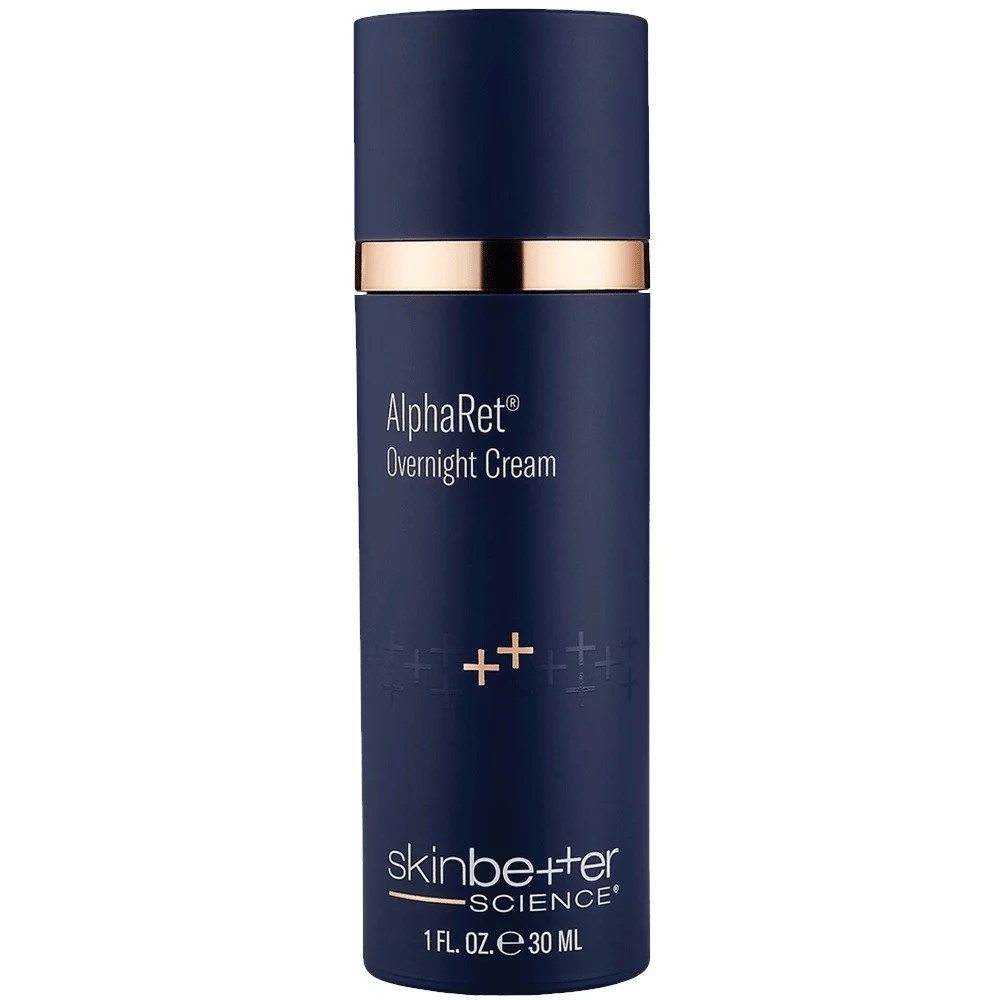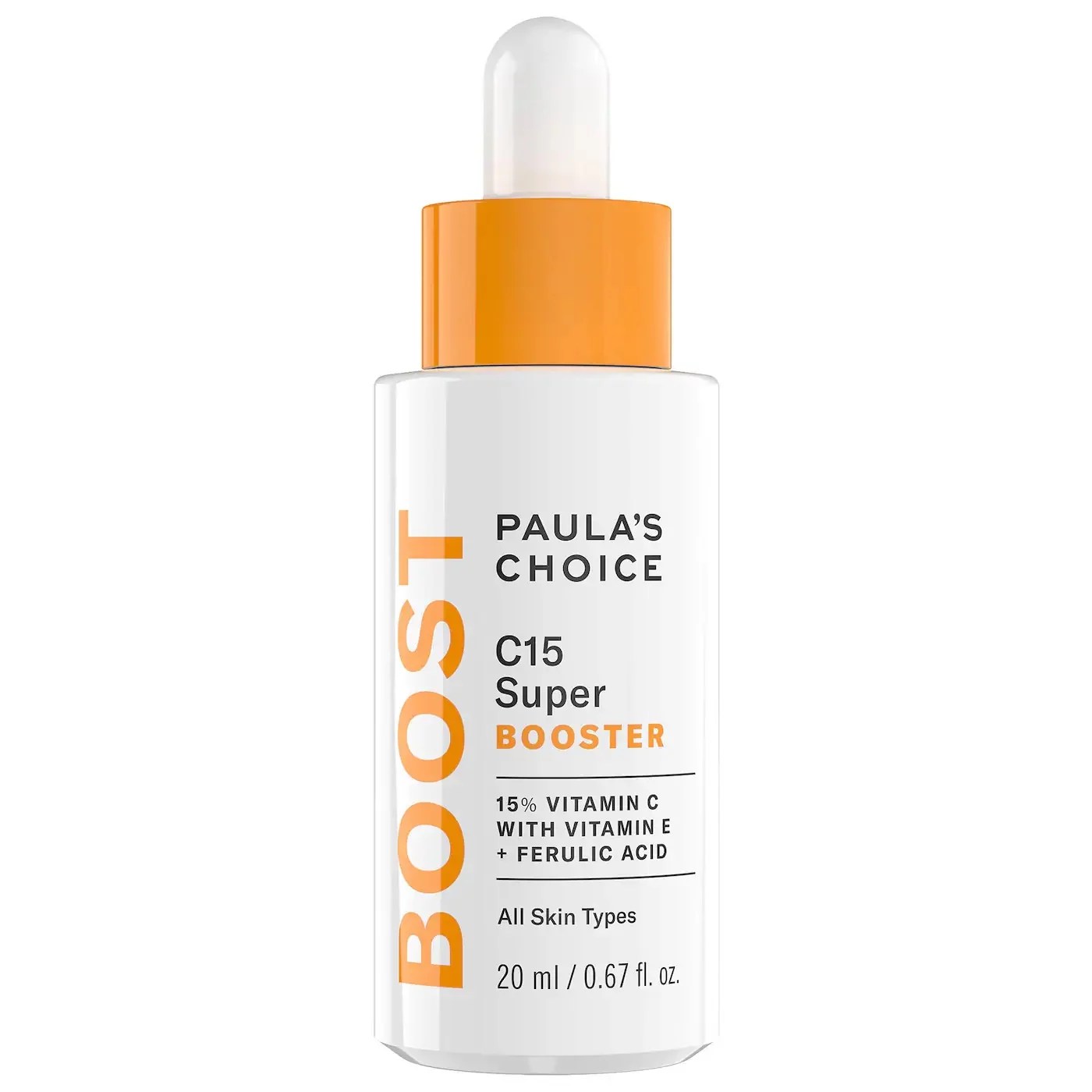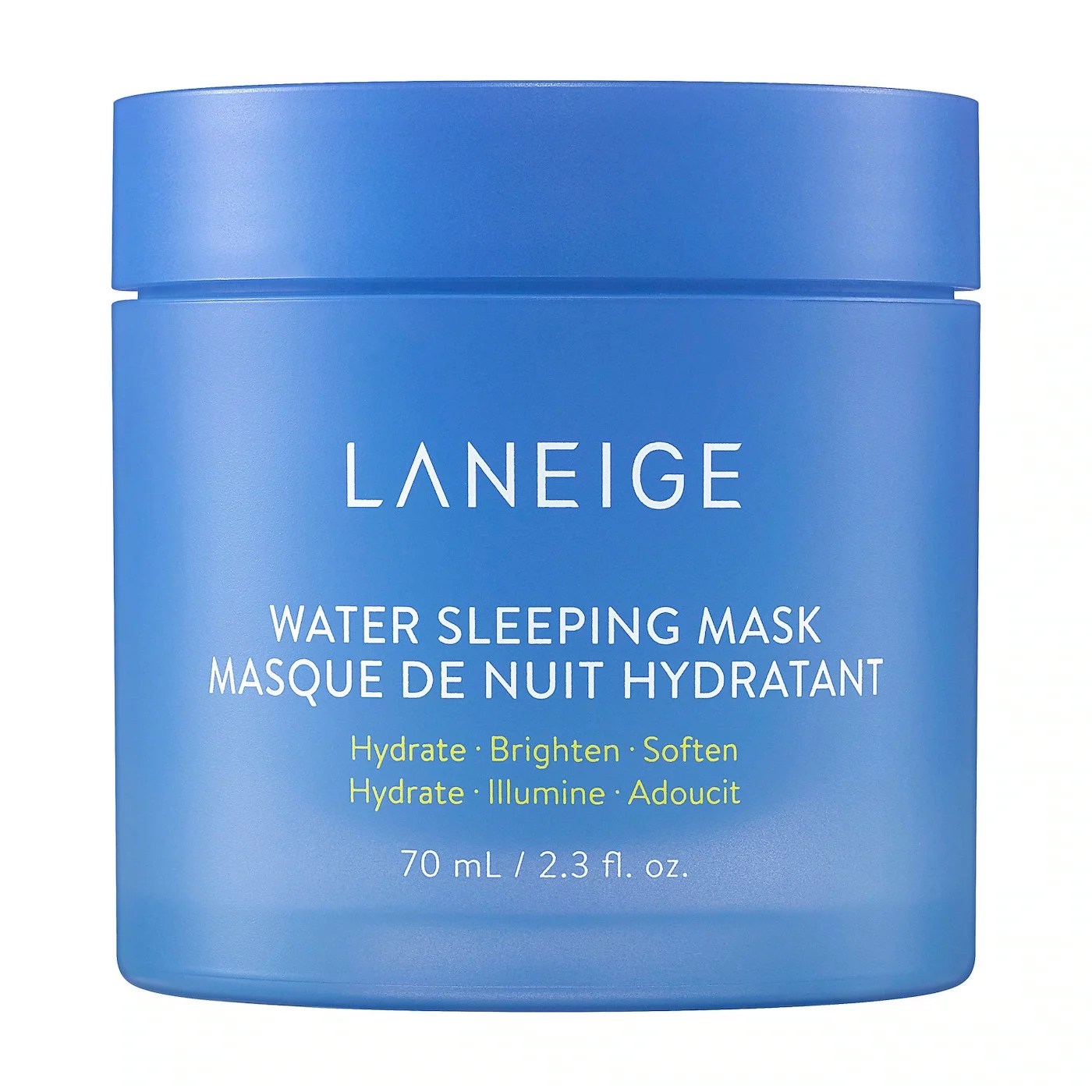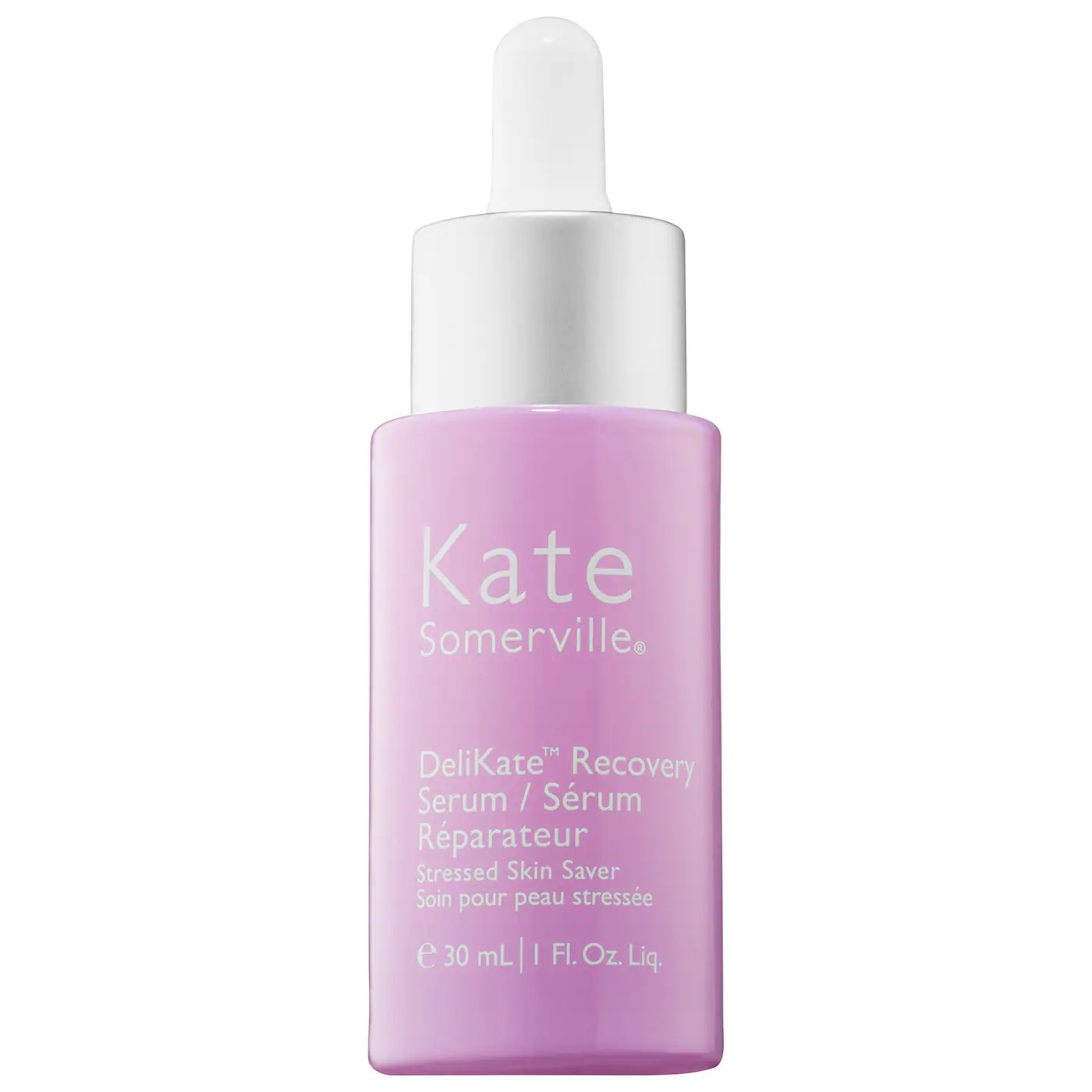Skin cycling—the everywhere-on-social-media trend that involves alternating between retinoids, acids, and recovery products—drew people in with its simplicity. The idea is that “cycling” through your active ingredients will allow you to maintain an effective routine with minimal irritation, and the method has received the dermatologist stamp of approval time and time again.
But if your cycling routine has started to feel a little stale—maybe your skin has adjusted to the actives and you’re ready to take things to the next level—it may be time to give “skin boosting” a try.
What is skin boosting?
Skin boosting refers to the practice of adding “boosters”—aka higher-concentrated actives—into your existing routine to address specific skin concerns (like breakouts, inflammation, pigmentation, dehydration, or aging) or amplify the results of product use.
“You incorporate stronger products that are designed to be used once or twice per week into your existing daily regimen,” explains Dennis Gross, MD, a board-certified dermatologist and dermatologic surgeon in Manhattan, NY. “It’s designed to give your skin a boost without disrupting your daily routine.”
Unlike skin cycling, which requires you to give your complexion a night off from your actives, skin boosting has you pump up the power. “Skin boosting involves the nightly application of active ingredients while swapping out these products for higher potency versions two-to-three times per week,” says Carmen Castilla, MD, a board-certified dermatologist in New York City. Take retinoids, for example “According to this method, it is better to use a weaker retinoid that your skin tolerates every night instead of a stronger retinoid only a few nights per week. Then, one to two times per week, you exchange the weaker retinoid for a product that is of slightly higher strength.”
Benefits of skin boosting
1. It delivers speedy results
Skin boosting is an excellent way to supercharge a routine that’s stagnant. By focusing on ingredients that address specific skin concerns (ie acids for dull skin, retinoids for acne, vitamin C for hyperpigmentation) and using them every day (instead of taking a break a few times a week), you’ll be able to see faster results than you would with skin cycling. That said, it should still take about a month for results to really set in.
2. It forces you to pay attention to your skin
Consider skin boosting a lesson in listening to your skin. Because you’re using actives every night, it’s critically important that you pay attention to how they’re impacting your complexion so that you can adjust your routine accordingly. “Remember, red skin is a red flag,” says Dr. Gross. “If you’re seeing redness or irritation, stop using the product. Once the redness subsides, you can try another booster that has a lower concentration of active ingredients or different active ingredients altogether.”
3. It allows you to switch up your morning routine, too
While skin cycling is exclusively focused on your evening routine, skin boosting allows you to play cosmetic chemist in the morning, too.
“Depending on the ingredient, you can choose to boost your regimen in the a.m. or p.m.,” says Kseniya Kobets, MD, a board-certified dermatologist in Westchester, New York. “For example, if some types of vitamin C irritate your skin, you can choose to use a stronger one three times a week in the mornings.”
So once you find a morning antioxidant serum (like vitamin C or niacinamide) that your skin tolerates daily, you can boost it by using a higher concentration a few times a week. Just be sure to do your morning boost on a different day than your evening boost.
How to skin boost
It may seem complicated, but in practice, skin boosting is actually fairly straightforward.
“Your daily routine would remain consistent with a cleanser, vitamin C serum (AM), retinol serum (PM), eye cream, moisturizer, and SPF,” says Dr. Gross. Then, two or three times a week (on different days), you’ll swap your usual vitamin C and retinoid for more highly-concentrated formulas. “Because products used for boosting are generally more potent due to the fact that they are formulated to be used one-to-two times per week, you see results pretty quickly,” he says.
Additionally, you can boost by adding soothing, hydrating, or other restorative ingredients when your skin needs them. For example, if you’re feeling particularly dry, Dr. Gross says you can add on a hyaluronic acid mask. “You can alternate the boosting products out based on your skin needs,” he says.
Sample skin boosting routine
Morning
- Gentle cleanser
- Vitamin C or antioxidant serum (2-3 times per week, use a higher concentration)
- Moisturizer
- SPF
Evening
- Gentle cleanser
- Retinoid or exfoliant (2-3 times per week, use a higher concentration; alternate days if also boosting vitamin C)
- Hydrating serum (optional)
- Moisturizer
Who shouldn’t try skin boosting?
“Everyone can potentially benefit from skin boosting with a stronger retinoid, for example, while still consistently using a less potent retinol,” says Dr. Kobewts. “However, someone who has very sensitive skin, no matter how gentle the retinol is, may still not be able to tolerate it daily—or at least not yet, and it may take several months to years to get used to it.”
And if you can’t tolerate daily use of gentle retinol, adding in stronger retinol would wreak havoc. Instead, you’re better off sticking to skin cycling as you build up your skin’s tolerance to retinol.
What to keep in mind before trying skin boosting
Even if you are able to follow a skin boosting routine, it is important to continue to pay attention to your skin and heed any warning signs.
“If your skin becomes red or itchy, you need to take a few days off your actives and re-evaluate the strength of the active ingredients in your routine,” says Dr. Castilla. “If you get irritated despite following the instructions on the packaging, then you need to re-evaluate the product in your routine. Do not use two different retinoid products or chemical exfoliators on the same night. If you cannot tolerate a prescription strength retinoid on a nightly basis, you can use an over-the-counter retinol in your nightly skin care routine and just exchange [aka “boost”] the over-the-counter retinol for the prescription retinoid a few times per week. It is likely to take some trial and error to find the active ingredient products you can tolerate on a nightly basis.”
5 products to ‘boost’ your regular routine with
The products you use to boost your routine will depend on what your skin can tolerate. Explore a few options below.
Retinoid booster

SkinBetter Science, AlphaRet Overnight Cream — $135.00
This cream combines a retinoid with two alpha-hydroxy acids (AHA)—glycolic acid and lactic acid. The retinoid enhances cell turnover while the two AHAs exfoliate, leading to firmer, smoother skin. The formula also includes smoothing peptides, a hydrating blend of ceramides, squalane, niacinamide, and hyaluronic acid; a soothing blend of allantoin glycyrrhetinic acid, bisabolol, and green tea extract; and an antioxidant-rich blend of vitamins C and E and coenzyme Q10.
Exfoliating booster
Vitamin C booster

Paula’s Choice, C15 Vitamin C Super Booster — $55.00
This serum is made with a 15 percent concentration of pure vitamin C to firm skin, fade dark spots, and brighten dull skin. It also has ferulic acid and vitamin E to provide environmental protection while enhancing the benefits of vitamin C. Plus, it includes hyaluronic acid to boost hydration.
Hydration booster

Laneige, Water Sleeping Mask with Squalane
Seal your routine with this hydrating water cream mask. It’s made with squalane, an oil that mimics the skin’s natural lipids, and a probiotic-derived complex to support the skin’s moisture barrier so it can better hold on to hydration.
Recovery booster

Kate Somerville, DeliKate Recovery Serum — $98.00
This lightweight restorative serum is made with ceramides and peptides to soothe redness and irritation while supporting the skin’s protective barrier. It also has calming ginger root extract and Tasmania lanceolata fruit extract.
Our editors independently select these products. Making a purchase through our links may earn Well+Good a commission.

